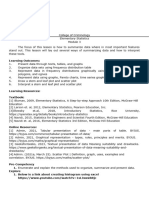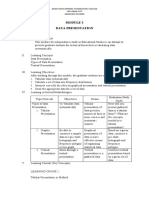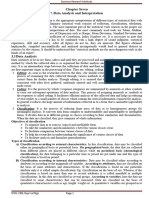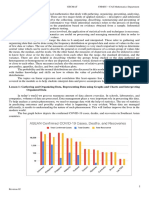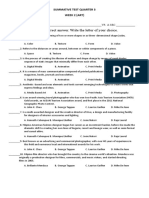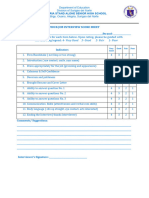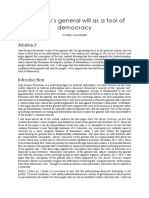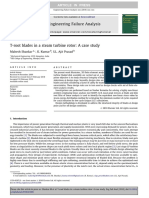0% found this document useful (0 votes)
30 views5 pages05 Pictorial and Tabular Methods in Descriptive Inference
Descriptive inference utilizes pictorial methods such as bar charts, histograms, pie charts, line graphs, and scatter plots to summarize and describe data visually, while tabular methods like frequency tables, contingency tables, and summary statistics tables present data in a structured format. Each method serves specific types of data, with pictorial methods focusing on visual representation and tabular methods emphasizing organized numerical summaries. Together, these methods enhance the communication of statistical findings.
Uploaded by
meghanaalluri2Copyright
© © All Rights Reserved
We take content rights seriously. If you suspect this is your content, claim it here.
Available Formats
Download as PDF, TXT or read online on Scribd
0% found this document useful (0 votes)
30 views5 pages05 Pictorial and Tabular Methods in Descriptive Inference
Descriptive inference utilizes pictorial methods such as bar charts, histograms, pie charts, line graphs, and scatter plots to summarize and describe data visually, while tabular methods like frequency tables, contingency tables, and summary statistics tables present data in a structured format. Each method serves specific types of data, with pictorial methods focusing on visual representation and tabular methods emphasizing organized numerical summaries. Together, these methods enhance the communication of statistical findings.
Uploaded by
meghanaalluri2Copyright
© © All Rights Reserved
We take content rights seriously. If you suspect this is your content, claim it here.
Available Formats
Download as PDF, TXT or read online on Scribd
/ 5




















